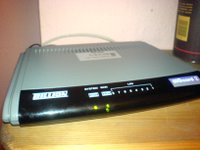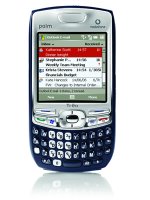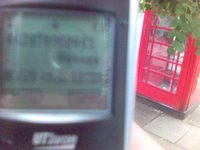
RIM repeated two mantras at the BlackBerry event yesterday. One was about size (the other was about choice - we'll come to that later). You can't be too slim, is basically what they said - and I'm coming to see they may be right.
RIM has good, single-minded engineers, who work well to an over-riding single task. In earlier Blackberrys this goal was: do email. Throw out everything else that doesn't do email, and might waste power, screen or device space.
This time round RIM had a slightly more complext overall goal - appeal to consumers - but RIM boiled it down to a single-minded task for its engineers: be SMALL. Have a camera and storage and a media player and all that, and be a BlackBerry, but be small.
Now, my conscious reaction is to sneer. Oh really, are people so fickle that they will pick a device purely on the basis of its size? Surely functions matter more!
I've written stories based on this opinion. Last week, I wrote on ZDNet about how
users are too dumb to pick up smartphones, because they "can't tell the difference" between a data-oriented device and a phone with a camera.
Now, I think my take was completely wrong, and I base this result on unbiased user research.
On Monday, my phone died and I needed a new one from T-Mobile. I rang up and asked what I could have on my current plan (or, actually, on the new Flext plan which sounds like a boon for people like me who don't want to understand plans).
I ruled out the expensive options, and found myself offered a Nokia E70, Symbian smartphone. I know people who are happy with this, and it's widely seen as "the Symbian phone you wind up using". I checked the size, the weight, and the talk time, and rejected it.
Instead, I picked up the next in a series of Sony Ericssons, the W810.
I am someone who CAN tell the difference between a smartphone and a feature phone, and I still went for the feature phone. In terms of my news story last week, I am a dumb consumer. So much so, that I now have a phone with a Walkman brand on it. Can I erase it?
But, here's the point. Just as RIM predicted, I chose on the basis of size. How puerile!
My Sony Ericsson Pearl is sitting on my desk now, next to my BlackBerry Pearl. And I'm ashamed to say, it's the first smartphone I've seen that I can imagine owning.
 Time for a re-think (another one). I'd say now is just about the right time to start looking at Draft- N Wi-Fi.
Time for a re-think (another one). I'd say now is just about the right time to start looking at Draft- N Wi-Fi.











